Discovering an unwanted dead animal in your house can spell the beginnings of a headache. Familiarize yourself with the signs and consequences of a dead animal inside your home, and know the proper steps on how to find and get rid of it.
Where Can I Find a Dead Animal in My House?
Dead animals within your property can hide anywhere. From the depths of your crawl space to the darkness of your attic, pinpointing the location is the first step in handling a dead animal carcass.
Searching for Dead Animals in the Attic
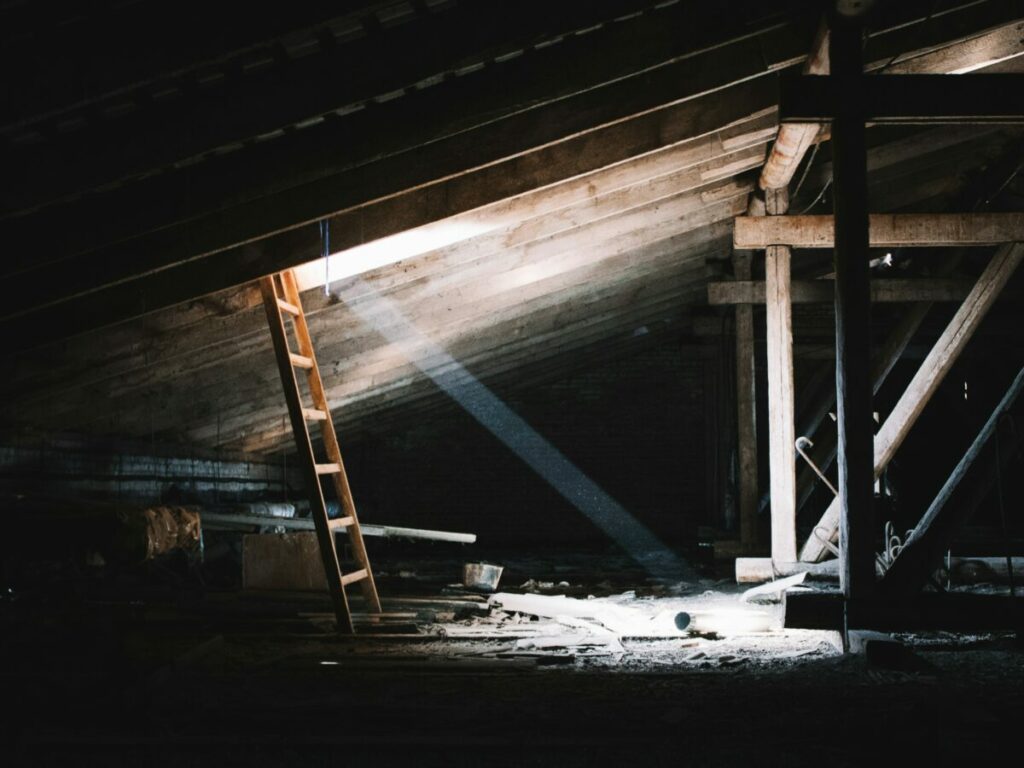
Attics often provide a haven for critters such as rats, squirrels, and mice. If they die in these secluded spaces, you can expect to find dead rats, a carcass, or even a dead squirrel. By closely inspecting the attic, you are on your way to get rid of the dead animal.
Identifying a Dead Animal on Your Property

Your sense of smell plays a major role in identifying a dead animal in your house. The odor of decomposition is a clear sign that an animal has died. Moreover, lookout for signs of maggots and stains associated with decomposing animals to further confirm your suspicions.
Common Places to Find Dead Animals in Your House

Aside from the attic, critters frequently nest in hidden spots such as holes in the wall or under the drywall. A dead rodent, for example, may be tucked away in these discreet locations. A thorough inspection of every nook and cranny is recommended to find and remove the dead animal.
See Related: Fascinating Animals With Horns: From Rhinos to Ibexes
What Are the Signs of a Dead Animal Inside Your House?
Clues a dead animal leaves behind will help you in finding and removing dead animals from your property.
Detecting the Odor of Decomposition
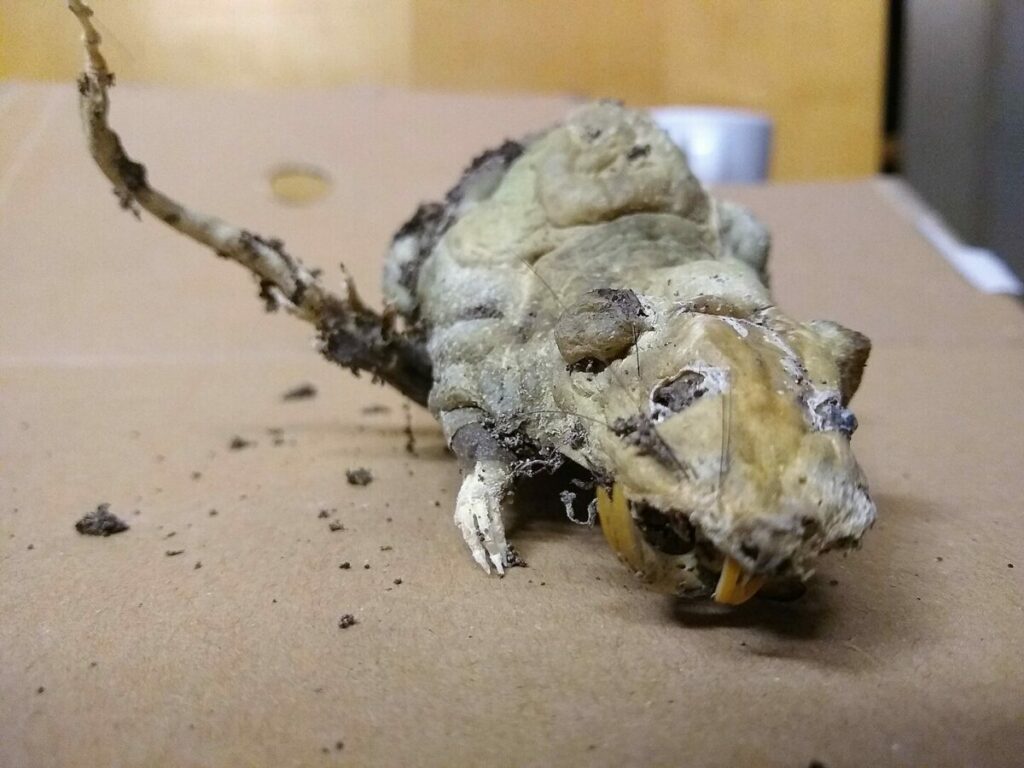
Decomposition releases a foul smell that is hard to ignore. If a persistent and exceptionally unpleasant odor permeates inside your house, it is a possible sign of a dead animal, such as a dead rat or mouse, lurking somewhere inside.
Stains Associated with Decomposing Animals
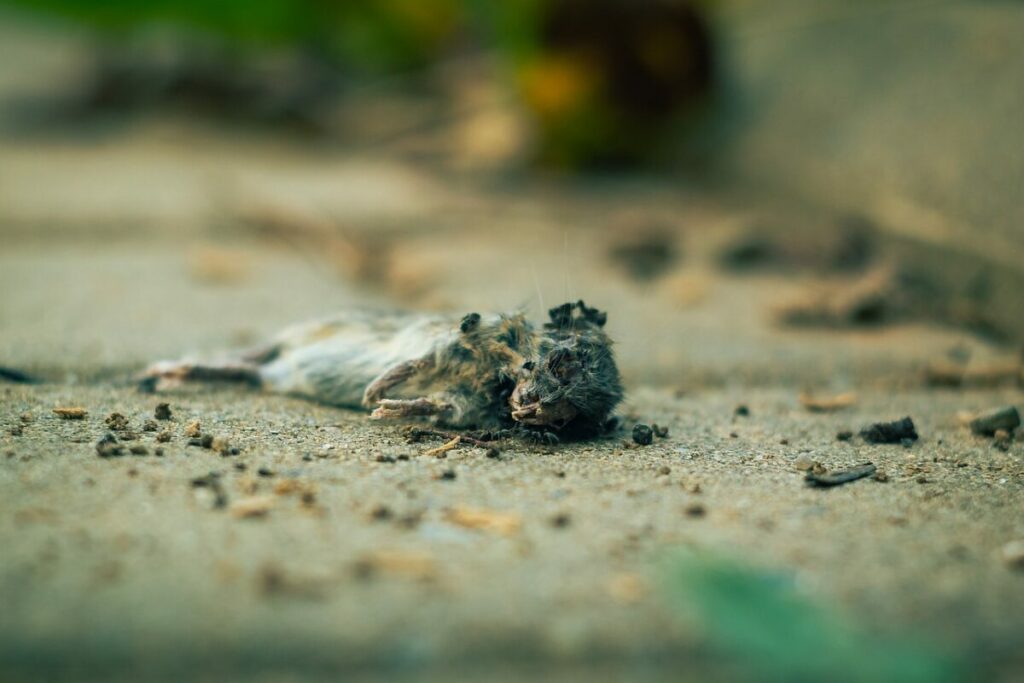
As the carcass continues to decompose, a stain may form in the nearby areas. These unsightly marks are a significant sign of a dead animal in your home.
The Presence of Maggots and Other Pests
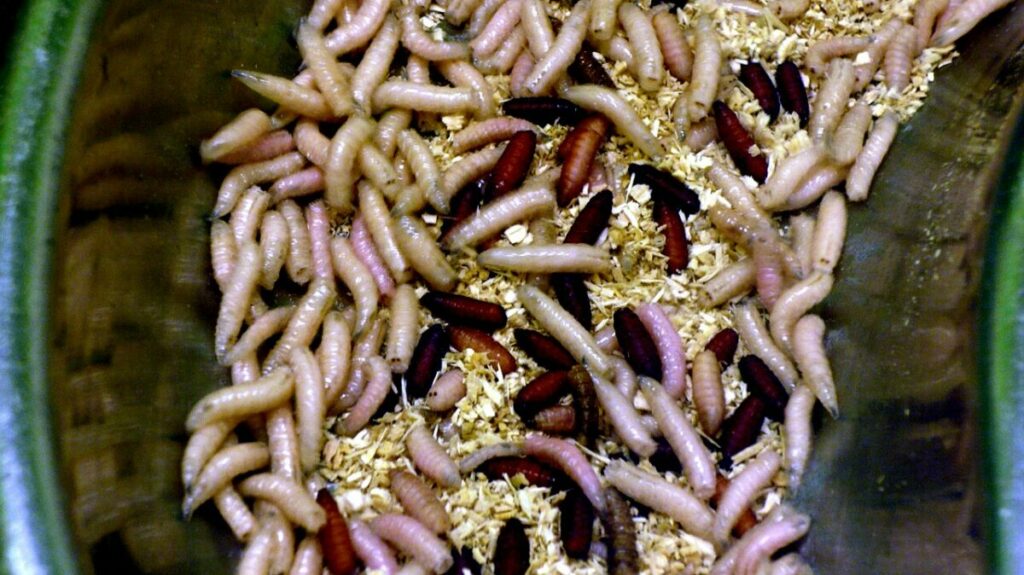
The dead animal smell could attract maggots and other pests, further exacerbating the problem. Hence, the onset of such creatures in unusual quantities can indicate a decomposing carcass somewhere in your abode.
See Related: Top Cool Sea Creatures to Know
Why is it Necessary to Remove a Dead Animal from Your House?
A dead animal in your home not only brings discomfort but it also poses numerous health and structural risks requiring you to get rid of the dead animal immediately.
The Health Risks of Leaving a Dead Animal

The continued decomposition of a dead animal carcass invites disease and contaminates your living space. The effects of such an event pose severe health risks if not addressed promptly.
How a Dead Animal Affects Your Home’s Environment
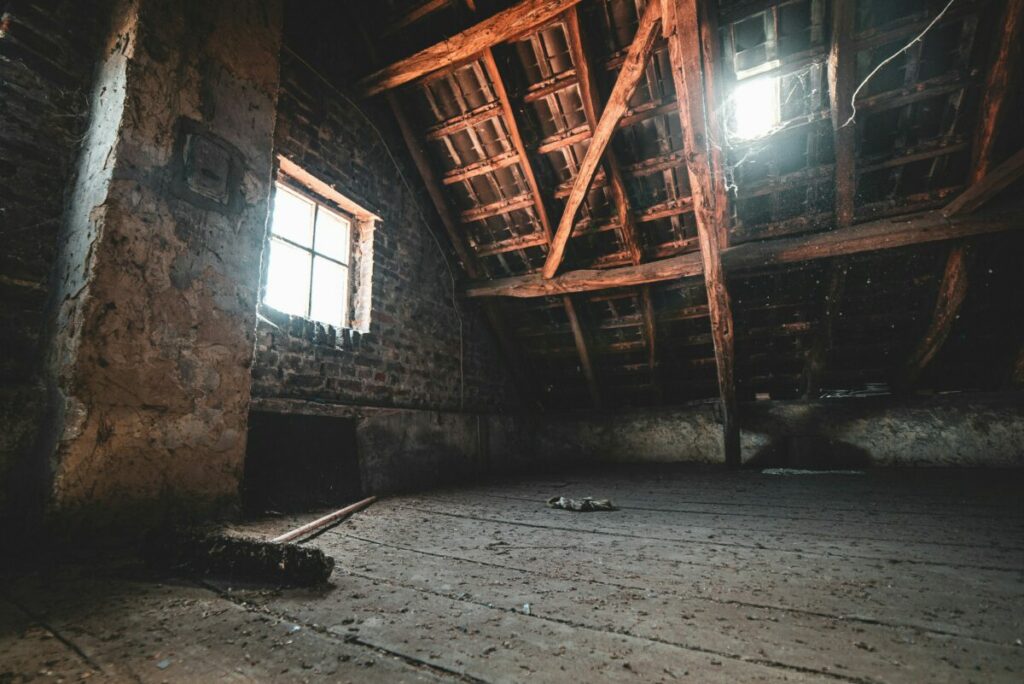
The dead animal smell can persist for weeks and can greatly affect the environment inside your house. Additionally, the presence of pests and continuous decomposition can cause long-term damage.
Long-term Damage Caused by Dead Animals

Dead animals in your house can lead to major structural repercussions, including damage to the drywall and staining. If these problems are not addressed, this may lead to costly repairs in the future.
How Can I Safely Remove a Dead Animal from my House?
Effective removal of a dead animal extends beyond merely disposing of the carcass. Consider the disinfection processes, and when necessary, call the experts for appropriate dead animal removal services.
Ways to Dispose of a Dead Animal
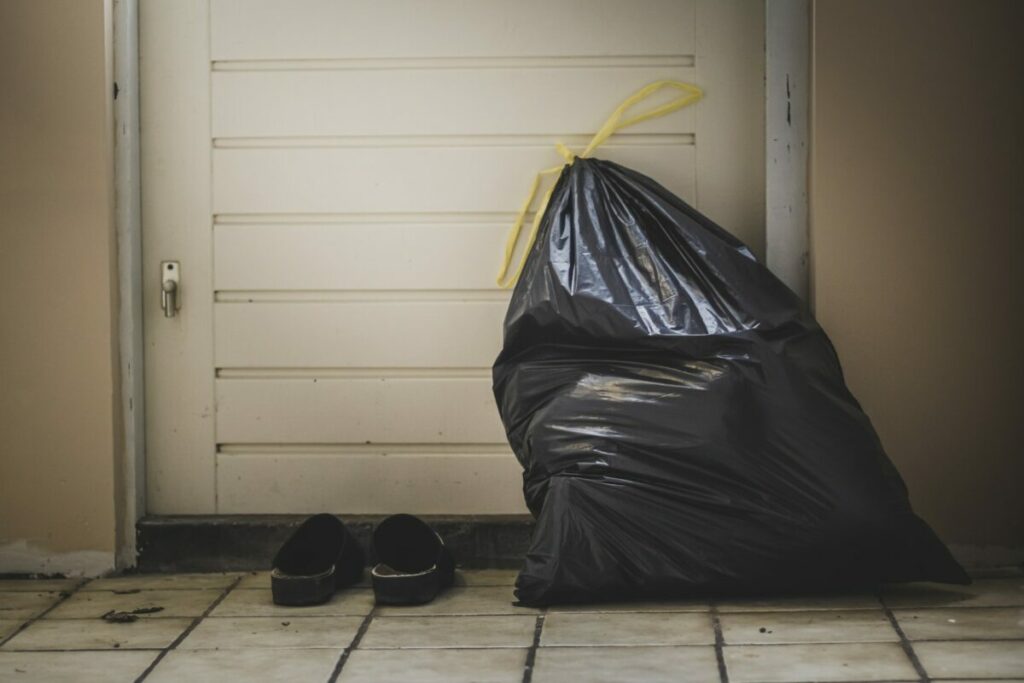
One of the first steps in resolving this unpleasant situation is to dispose of the carcass properly. State laws may have specific guidelines regarding this, and it’s always recommended to check with local authorities or a wildlife control agency on the best way to get rid of dead animals.
How to Clean Up After Removal
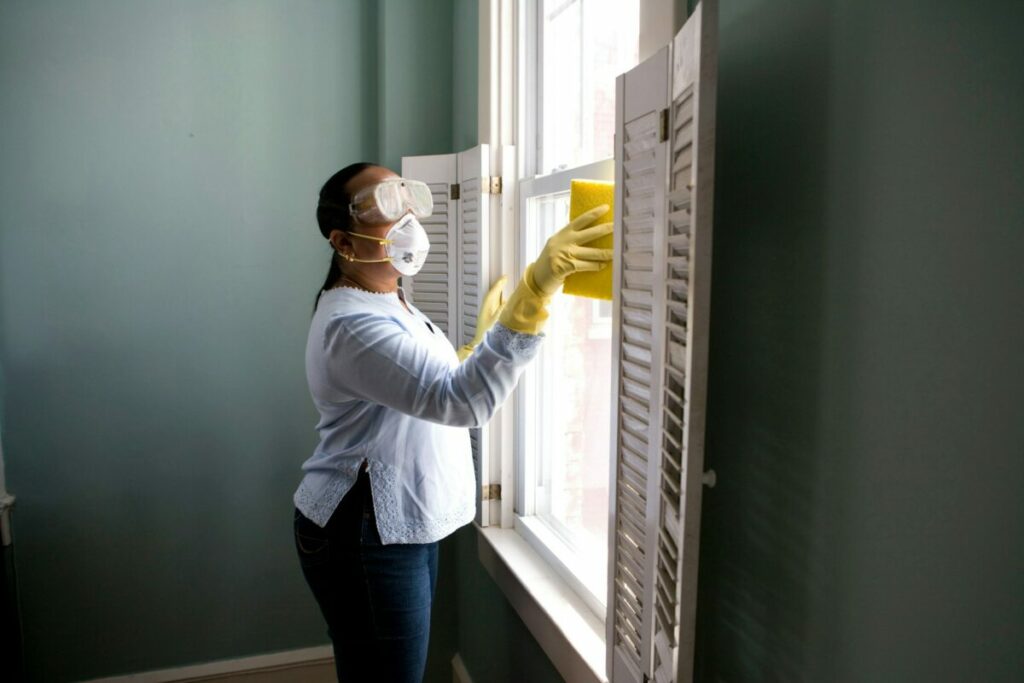
After the removal of the dead animal from your house, cleaning the previous site of infestation is equally important to prevent residual smells and potential dangers. This will aid in getting rid of the dead animal smell that might remain.
When to Call Dead Animal Removal Services

Certain situations warrant the assistance of professional dead animal removal services. If you are unable to remove the dead animal or if it is in a hard-to-reach area, it might be preferable to call us for expert help.
Prevention: How to Avoid Dead Animals in the Future?
Though critter control may be a daunting task, safeguarding your house against these creatures mitigates the chances of another dead animal in your home.
Proper Wildlife Removal to Prevent Dead Animals in Your House
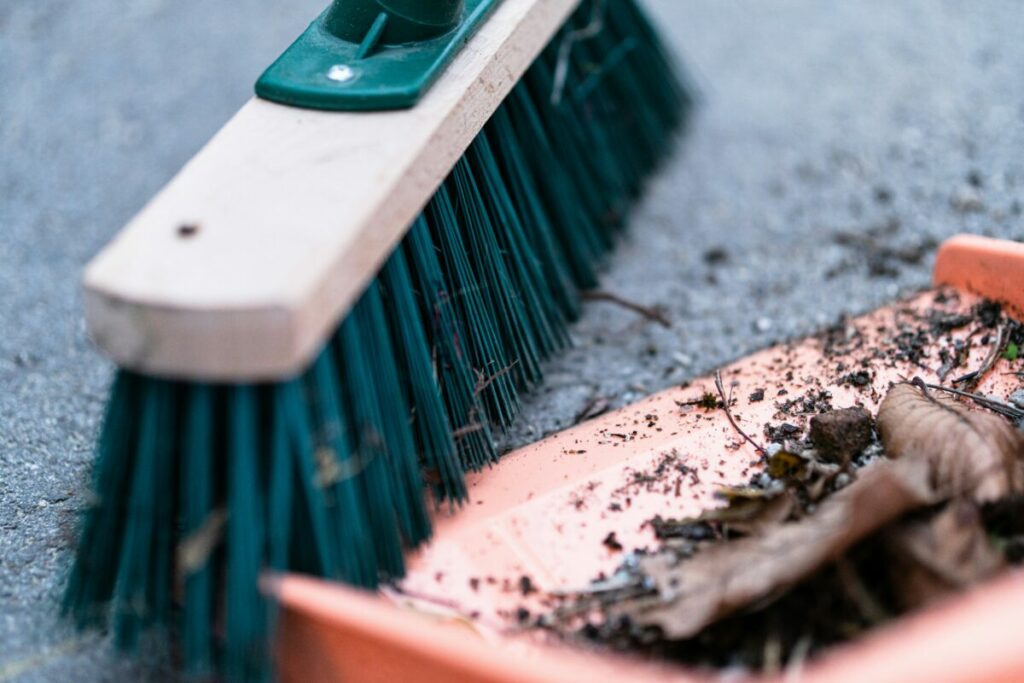
Wildlife removal services can provide assistance in preventing future critters from invading your house. By sealing potential entrances and removing attractants, you can stay a step ahead of possible infestation.
See Related: Stunning Animal Images: A Visual Gallery of Wildlife Photography
Why Regular Pest Control is Crucial
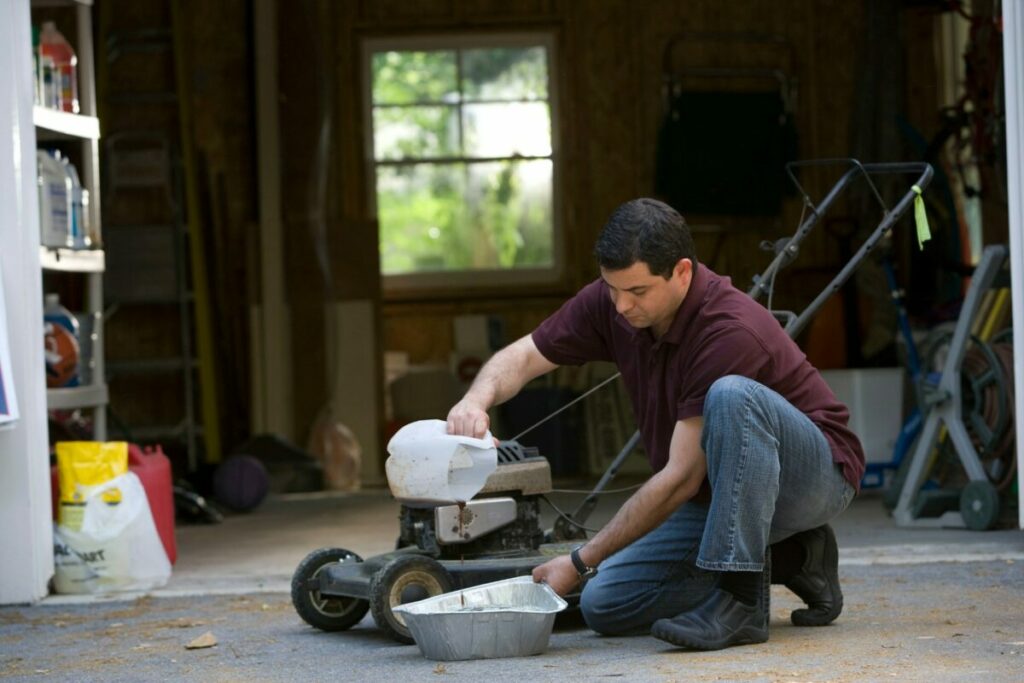
Regular pest control is essential in preventing unwanted animals from plaguing your home. By conducting regular checks and employing preventive measures, you can avoid the issue of a dead animal in your house altogether.
Common Types of Critters and How to Keep Them Out

Watch out for creatures such as raccoons, squirrels, and rats as they are skilled invaders. Properly sealing your dwelling and reducing attractions will minimize their chances of making a home inside your home, thus avoiding future issues associated with dead animals.
Related Resources